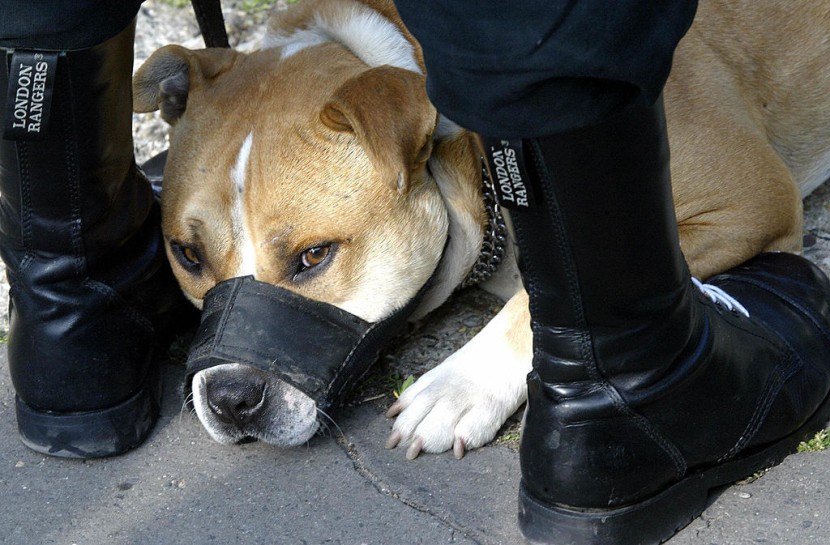
In the wake of a series of violent attacks, including the tragic mauling of Ian Price, 52, a father of two, the United Kingdom is poised to confront a challenging issue: the American XL Bully dog breed.
As concerns about public safety escalate, government officials and experts are set to meet this week to define the breed's characteristics, with plans to implement a ban by the end of the year, USA Today reported.
The Debate Over Banning American XL Bully Dogs
However, this move has sparked a contentious debate, as questions arise about identifying these dogs and managing the existing population accurately. The decision to ban American XL Bully dogs gained momentum following the tragic death of Ian Price, who fell victim to a fatal mauling incident.
UK's Prime Minister Rishi Sunak took swift action to address this issue, vowing to outlaw the breed within months after Mr. Price's death.
The primary challenge authorities face is accurately defining what constitutes an "American XL Bully" breed. To tackle this issue, Environment Secretary Therese Coffey announced that experts, including police officers, canine and veterinary specialists, and animal welfare stakeholders, would convene to establish a clear definition.
This is a crucial first step toward adding the breed to the list of dogs prohibited under the Dangerous Dogs Act. One of the key measures associated with the ban is an amnesty for existing American XL Bully dog owners.
To qualify for this amnesty, owners must ensure that their pets are registered, neutered, and muzzled when in public. Government officials have clarified that, through compulsory neutering, the breed is expected to eventually phase out, eliminating the need for a cull.
American bullies, specifically the XL variant, are a relatively new breed that emerged in the 1980s. These dogs are typically a mix of American pitbull terriers and American, English, and Olde English bulldogs.
However, it's important to note that American bullies can also be bred with larger dogs like mastiffs, resulting in even more significant variations known as XXL or even XXXL. The absence of official registration as a breed by the UK Kennel Club makes it challenging to estimate the exact number of American XL Bullies in the country.
Their relative popularity and concerns over a rise in violent incidents linked to the breed have prompted the government's decisive action, according to the Daily Mail.
Read Also: New York Daycare Death: NYPD Seeks 3rd Person Involved in Fentanyl-Related Killing of 1-Year-Old Boy
Banning American XL Bullies for Safer Communities
Prime Minister Rishi Sunak has labeled American XL Bullies as a "danger to our communities" and has pledged to introduce rules to ban them by the year's end under the Dangerous Dogs Act.
This determination follows a harrowing incident in which Mr. Price was mauled to death by two suspected American bullies. Just days prior, 11-year-old Ana Paun was injured in an attack by a similar dog, associated with ten deaths since 2021.
The proposed ban is not without controversy, as it has triggered a public outcry. Over half a million people in the UK have signed a petition urging Prime Minister Sunak not to add American XL Bullies to the list of banned dog breeds.
Due to the substantial number of signatures, the petition may be debated in the House of Commons, further fueling the discussion surrounding this issue. While a ban on American XL Bully dogs is imminent, the specifics of its implementation remain under discussion.
The government is considering options such as mandatory neutering and muzzling in public as part of a transition period. The goal is to ensure public safety while managing the existing population of these dogs in a humane manner. In the coming weeks and months, the UK will grapple with regulating and phasing out the American XL Bully breed.
As the government addresses public safety concerns and navigates the controversial debate surrounding this issue, one thing remains clear: the welfare of both humans and animals will be at the forefront of the discussion, as per the Economic Times.
Related Article: IRS Vows To Crackdown One-Percenters, Changes Audit Strategy








